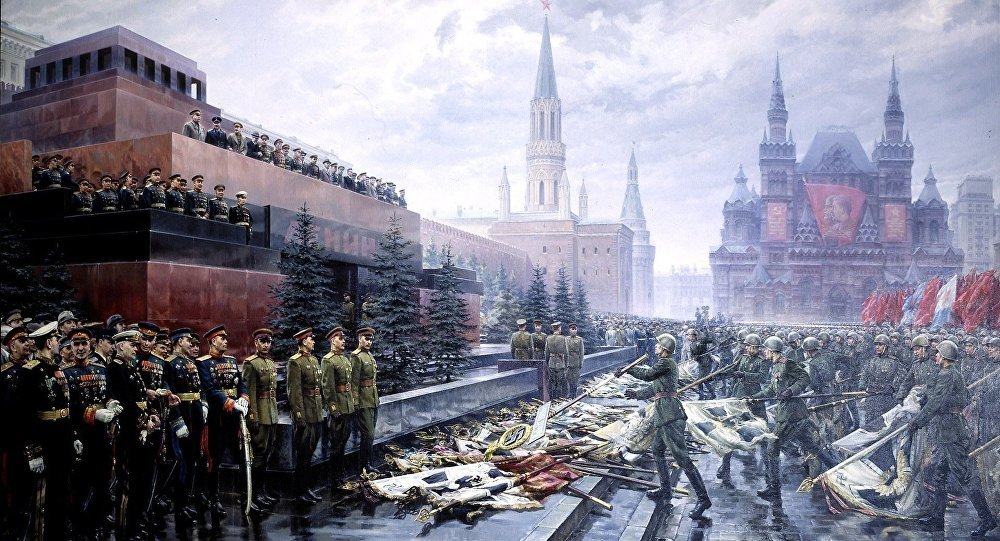
© Wikimedia CommonsThe "Big Three" at the Tehran Conference.
One of the little-known chapters of history was the widespread famine in Iran during World War I, caused by the British presence in Iran. After the Russian Revolution of 1917,
Britain became the main foreign power in Iran and this famine or--more accurately--'genocide' was committed by the British. The document in the American Archives, reporting the widespread famine and spread of epidemic disease in Iran, estimates the number of the deceased due to the famine to be about 8-10 million during 1917-19 (1), making this the greatest genocide of the 20th century and Iran the biggest victim of World War I (2).
It should be noted that Iran had been one of the main suppliers of food grains to the British forces stationed in the empire's South Asian colonies. Although bad harvest during these two years made the situation worse, it was by no means the main reason why the Great Famine occurred. Prof. Gholi Majd of Princeton University writes in his book,
The Great Famine and Genocide in Persia, that American documents show that the British prevented imports of wheat and other food grains into Iran from Mesopotamia, Asia, and also the USA, and that ships loaded with wheat were not allowed to unload at the port of Bushehr in the Persian Gulf.
Professor Majd argues that Great Britain intentionally created genocide conditions to destroy Iran, and to effectively control the country for its own purposes. Major Donohoe describes Iran of that time as a "land of desolation and death" (3). But this event soon became the subject of a British cover up.
Britain has a long record of its several attempts to conceal history and rewrite it in their own favor. The pages are filled with conspiracies that were covered up by the British government to hide its involvement in different episodes that would tarnish the country's image. One of the clear examples is the "Jameson Raid"; a failed coup against Paul Kruger's government in South Africa. This raid was planned and executed directly by the British government of Joseph Chamberlain under the orders of Queen Victoria (4) (5). In 2002, Sir Graham Bower's memoirs were published in South Africa, revealing these involvements that had been covered up for more than a century, focusing attention on Bower as a scapegoat for the incident (6).
The records that were destroyed to cover up British crimes around the globe, or were kept in secret Foreign Office archives, so as to, not only protect the United Kingdom's reputation, but also to shield the government from litigation, are indicative of the attempts made by the British to evade the consequences of their crimes. The papers at Hanslope Park also include the reports on the "elimination" of the colonial authority's enemies in 1950s Malaya; records that show ministers in London knew of the torture and murder of Mau Mau insurgents in Kenya and roasting them alive (7). These records may include those related to Iran's Great Famine.
Why were these records that cover the darkest secrets of the British Empire destroyed or kept secret? Simply because they might 'embarrass' Her Majesty's government (8).

Comment: Artifacts discovered amid submerged ruins of cities of Thonis-Heracleion and Canopus unveiled